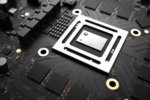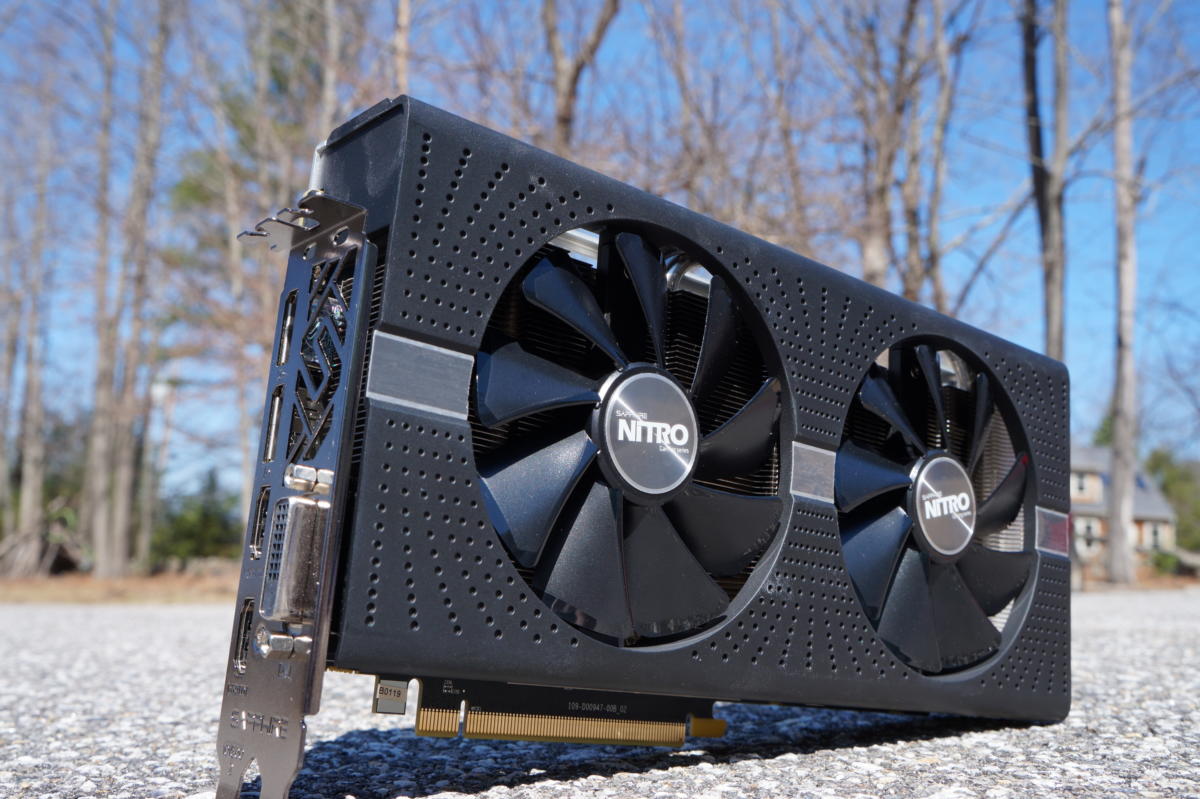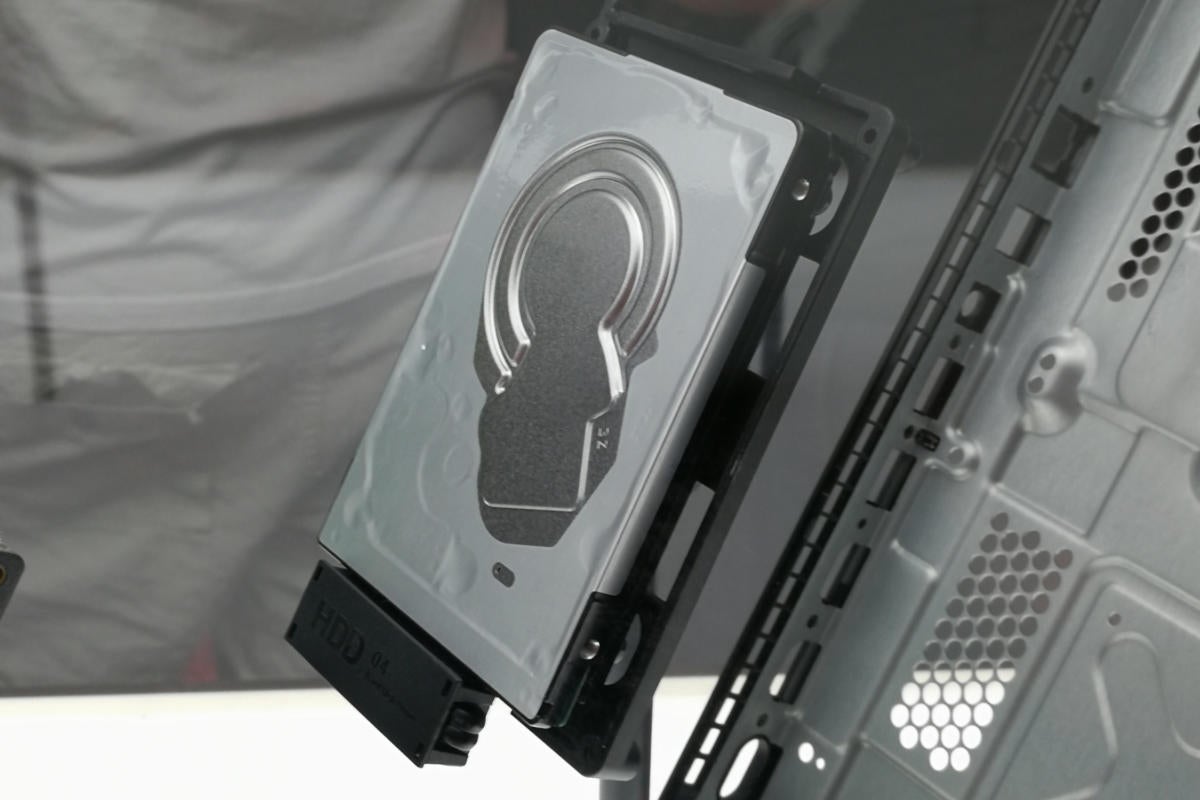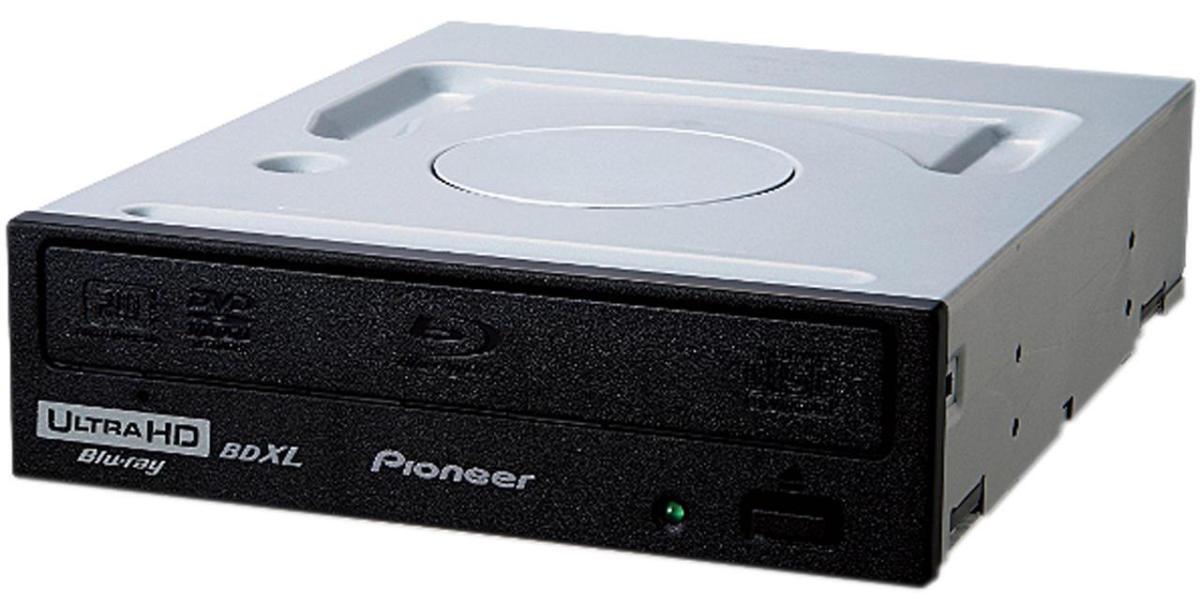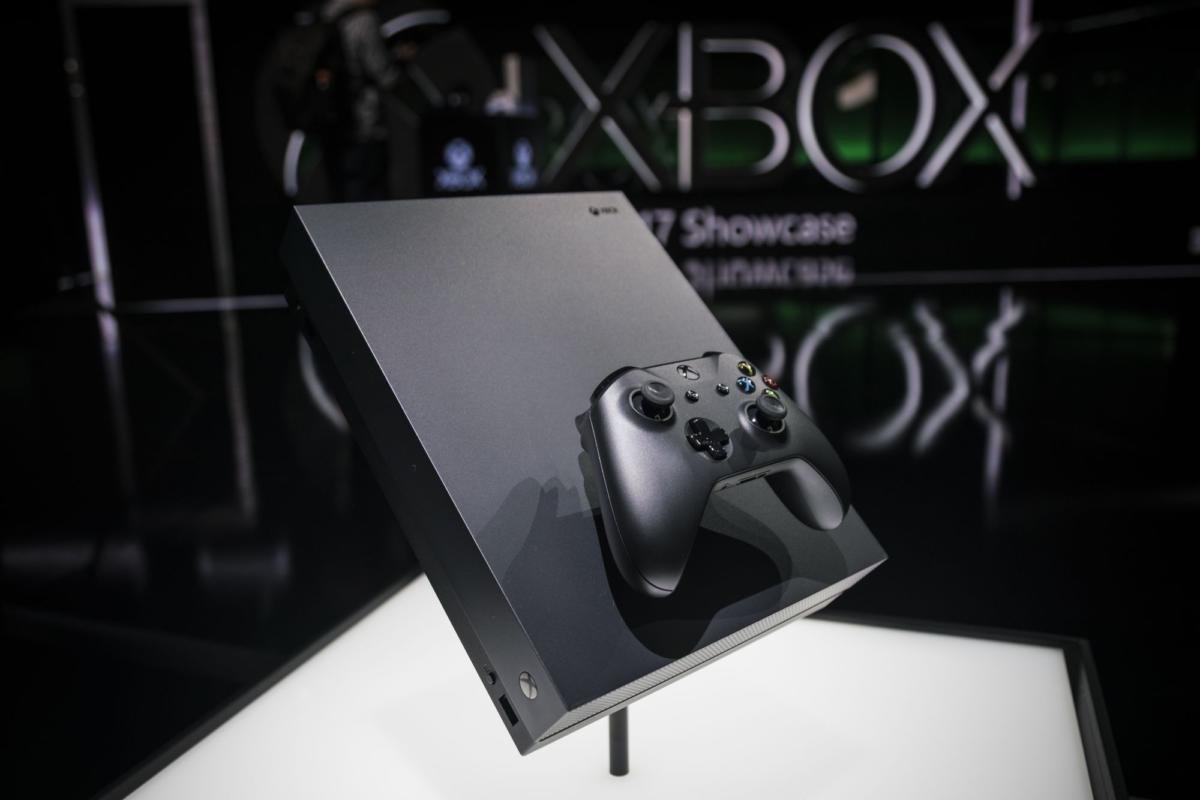Xbox One X PC Build: Can you do it for $500?
Creating the PC equivalent of the $500 Xbox One X is trickier than you might guess.
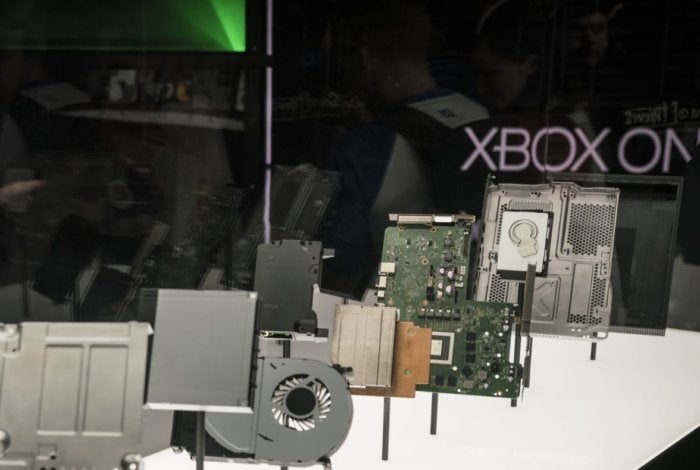

LATEST REVIEWS
Updated June 16, 2017: We've revised our “upgraded” build to address our original motherboard’s incompatibility with 4K UHD HDR Blu-Ray playback.
Microsoft’s Xbox One X presents an interesting challenge for PC builders. Sure, if you want raw power, nothing beats the PC. But can you put together an Xbox One X equivalent for $500?
At that price point (and outside of that golden window of Black Friday sales and stellar combo/bundle deals on PC components), you're pushing the limits of what’s possible, particularly if you want to completely replicate the same experience Microsoft is promising hardcore console fans. Given today’s high RAM prices, the low availability of certain GPUs, and the dearth of 4K UHD drives, the results don’t come out cleanly in favor of a DIY PC.
Build #1: A basic 4K/30-fps gaming PC
To start, we’ll walk through a baseline build, which makes a few sacrifices but should still perform at 4K/30 fps.
| Part | Name | Price |
| CPU | AMD FX-8300 (3.3GHz, 8-core) | $90 |
| Motherboard | ASRock 970 Pro3 R2.0 ATX AM3+[3][4] | $45 |
| RAM | Patriot Signature 8GB DDR3/1600 (1x8GB) | $47 |
| Graphics card | Gigabyte Radeon RX 580 8GB Gaming 8G[5] | $266 |
| Storage | Western Digital 1TB Caviar Blue 3.5” 7200RPM HDD | $50 |
| Optical Drive | LG UH12NS40 Blu-Ray drive | $43 |
| PSU | Thermaltake SMART 550W 80+ Bronze[6] | $35 |
| Case | Thermaltake Versa H21 ATX Mid Tower | $34 |
| OS | Windows 10 OEM license | $32 |
| Shipping | Motherboard ($1), Graphics Card ($9) | $10 |
| Total: | $652 | |
Build notes
- Prices current as of June 15, 2017.
- Retailers chosen with shipping costs in mind—and the assumption most people have an Amazon Prime account.
- Cheap AM3+ motherboards like the ASRock 970 Pro R2.0 lack on-board Wi-Fi, so if you want wireless connectivity, prepare to shell out for either a Wi-Fi adapter or a better motherboard.
- The price for this ASRock motherboard is after a $20 mail-in rebate.
- See the Build Summary section for notes on availability.
- This price is after $20 mail-in rebate.
Build breakdown
When comparing our build to the Xbox One X piece by piece, each platform’s advantages are clear. Our PC has more flexibility and muscle, while the Xbox One X is both highly compact and set in stone.
For the Xbox One X’s CPU, GPU, and memory, Microsoft chose a custom AMD APU that features eight 2.3GHz custom x86 cores, 40 Radeon compute units running at 1,172MHz, and 12GB of GDDR5 memory. AMD doesn’t have an equivalent APU available for DIY build purposes, so I chose to walk the line between the Xbox One X’s specs and recommended specs for a smooth PC gaming experience. In our build is the eight-core 3.3GHz AMD FX-8300, 8GB of DDR3/1600 RAM, and an 8GB Radeon RX 580. (My GPU choice does have one catch, which I’ve noted in the Build Summary below.)
This configuration nets you a (faster) eight-core CPU, enough RAM to avoid bottlenecks in system performance, and a GPU capable of 4K gaming at a minimum of 30 fps on Medium settings. However, some Xbox One X games may end up running more smoothly or with better visual fidelity on console than on this homebrew 4K machine. Unlike with the PC, developers can fine-tune their games for Microsoft’s console through a low-level API.
For storage, Microsoft hasn’t yet shared details on drive speed, type, or interface. All we currently know is what Digital Foundry revealed in its April 2017 preview: The Xbox One X will have a “1TB hard drive with a 50 percent increase in bandwidth.”
Without knowing how Microsoft arrived at that 50 percent figure, we could spend a lot of time speculating on what it means. (Do they mean a shift from SATA II/3Gbps to SATA III/6Gbps? Use of a solid-state hybrid drive? A larger cache?) Instead, I chose to keep this exercise simple and selected a SATA III 7200rpm Western Digital hard disk drive. While it’s possible that the Xbox One X's $500 price tag includes a SSHD, like in its now-discontinued Xbox One Elite model, that raises the price of this build without explicit cause.
The final pieces of this build are straightforward. In fact, you can use any reputable 500W power supply (the minimum you’ll need for this build), ATX case, and Blu-Ray drive—the ones listed in our build were chosen for how cheap they were at the time of publication.
Speaking of that Blu-Ray drive, it’s a far step down from the Xbox One X’s 4K UHD Blu-Ray drive. To stay even remotely near a final total of $500, you have to ditch support for playback of 4K UHD discs. So that means you can’t play your collection of 4K UHD movies in HDR on a compatible TV, if you already own one.
As for the operating system, we can’t go as cheap as the Xbox One X’s included variant of Windows 10, but we can get a W10 Home license at a heavy discount. How? By using a trick that Brad Chacos has mentioned to our staff for a while now: Buying a product key through Kinguin. It works, but be sure to get the Buyer Protection—the site functions like an eBay for software, and that insurance will protect you from shady sellers.
Build summary
As mentioned above, we wanted to replicate both the functionality and the price of the Xbox One X as closely as possible. You can’t do an exact 1:1 duplicate, thanks to a mix of Microsoft’s custom hardware design and slow release of specs, but this build is a fairly decent compromise between Xbox One X’s main features and the cost of PC components. This rig should play games in 4K at a minimum of 30 fps on a Medium graphics setting, support HDR, and play optical discs.
However, it’s more expensive than an Xbox One X by $152 (or more, if you’re bad about filing mail-in rebates). It lacks support for 4K UHD Blu-Ray discs. It uses a GPU that’s extremely difficult to find right now, so currently you’d have to pay more for a used RX 580 or buy a graphics card with less memory (Nvidia’s 6GB GTX 1060 instead of a 8GB Radeon RX 580). It doesn’t have built-in Wi-Fi support. And it’s not nearly as compact or small.
Build #2: The upgraded 4K/30-fps gaming PC
Our second build swaps out the standard Blu-Ray drive for a 4K UHD Blu-Ray drive—and changes the CPU and motherboard configuration as well.
| Part | Name | Price |
| CPU | Intel Core i5-7400 (3.0GHz, 4-Core) | $187 |
| Motherboard | ASRock Fatal1ty Z270 GAMING-ITX/AC[3] | $149 |
| RAM | Crucial 8GB DDR4/2133 (1X8GB) | $55 |
| Graphics card | Gigabyte Radeon RX 580 8GB Gaming 8G[4] | $266 |
| Storage | Western Digital 1TB Caviar Blue 3.5" 7200RPM HDD | $50 |
| Optical Drive | Pioneer BDR-211UBK 4K UHD Blu-Ray drive | $130 |
| PSU | Thermaltake SMART 550W 80+ Bronze[5] | $35 |
| Case | Rosewill Dual Fan Micro ATX Mini Tower | $28 |
| OS | Windows 10 OEM license | $32 |
| Shipping | Optical Drive ($1), Motherboard ($2), Graphics Card ($9) | $12 |
| Total: | $944 | |
Build Notes
- Prices current as of June 15, 2017.
- Retailers chosen with shipping costs in mind—and the assumption most people have an Amazon Prime account.
- The price for this ASRock motherboard is after $10 mail-in rebate.
- See the Build Summary section for notes on availability.
- This price is after $20 mail-in rebate.
Build breakdown
For the most part, this build shares the same approach as our first one. The key difference is the addition of Pioneer’s 4K UHD Blu-Ray drive to closely match what the Xbox One X has.
That 4K UHD Blu-Ray drive makes this build quite a bit more expensive than an Xbox One X. The BDR-211UBK itself is $130, and its highly restrictive system requirements also require a more expensive CPU and motherboard. The cheapest compatible processor is a $187 Kaby Lake Core i5-7400, and since only a few motherboards support the draconian DRM specifications for 4K UHD Blu-ray disc playback, the lowest-cost option is $149.
For the moment, you can’t get around this painful jump in cost. Pioneer has the only options for a 4K UHD Blu-Ray drive currently—and this one we’ve picked is the cheaper of the two.
Build summary
This upgraded rig nails the Xbox One X’s main features: It should run games in 4K at a minimum of 30 fps on a Medium graphics setting, support HDR, and play 4K UHD optical discs.
However, like the first build in this article, it has its downsides. First of all, if you build this PC at this very moment, you’ll have a rough time finding an RX 580. You’ll end up paying more or purchasing a GTX 1060 (which has less memory) instead.
It’s also much more expensive than the Xbox One X. At $944, you could buy the Xbox One X almost twice over.
Final thoughts
For the moment, Microsoft’s created a machine that the DIY PC crowd can’t currently match—not when you try to copy both its feature set and cost at the same time, at least. The 4K UHD Blu-Ray disc drive really throws a wrench into this build challenge, and even without it, the Xbox One X holds its own. This situation might be a first, given how often PC gamers tout benefits that console fans miss out on.
Still, it’s not a complete victory for the Xbox One X. PC gaming doesn’t require an optical drive, after all, so you can enjoy 4K gaming, 4K video content, and HDR through digital downloads. (The RX 580 will handle all that just fine.) That already drops the cost of the cheaper build we priced out.
Beyond that, these builds could change the closer we get to the Xbox One X’s launch date. When AMD’s Ryzen 3 line launches, it might offer even better CPU performance for the same price as the FX-8300. Prices might come down for RAM and Pioneer’s 4K UHD Blu-Ray drive. Availability for the RX 580 may increase again. And of course, the holiday shopping season should yield some sweet deals on at least some of these build components. By November 7th, the Xbox One X may be far easier to reproduce as a punchy $500 PC.











